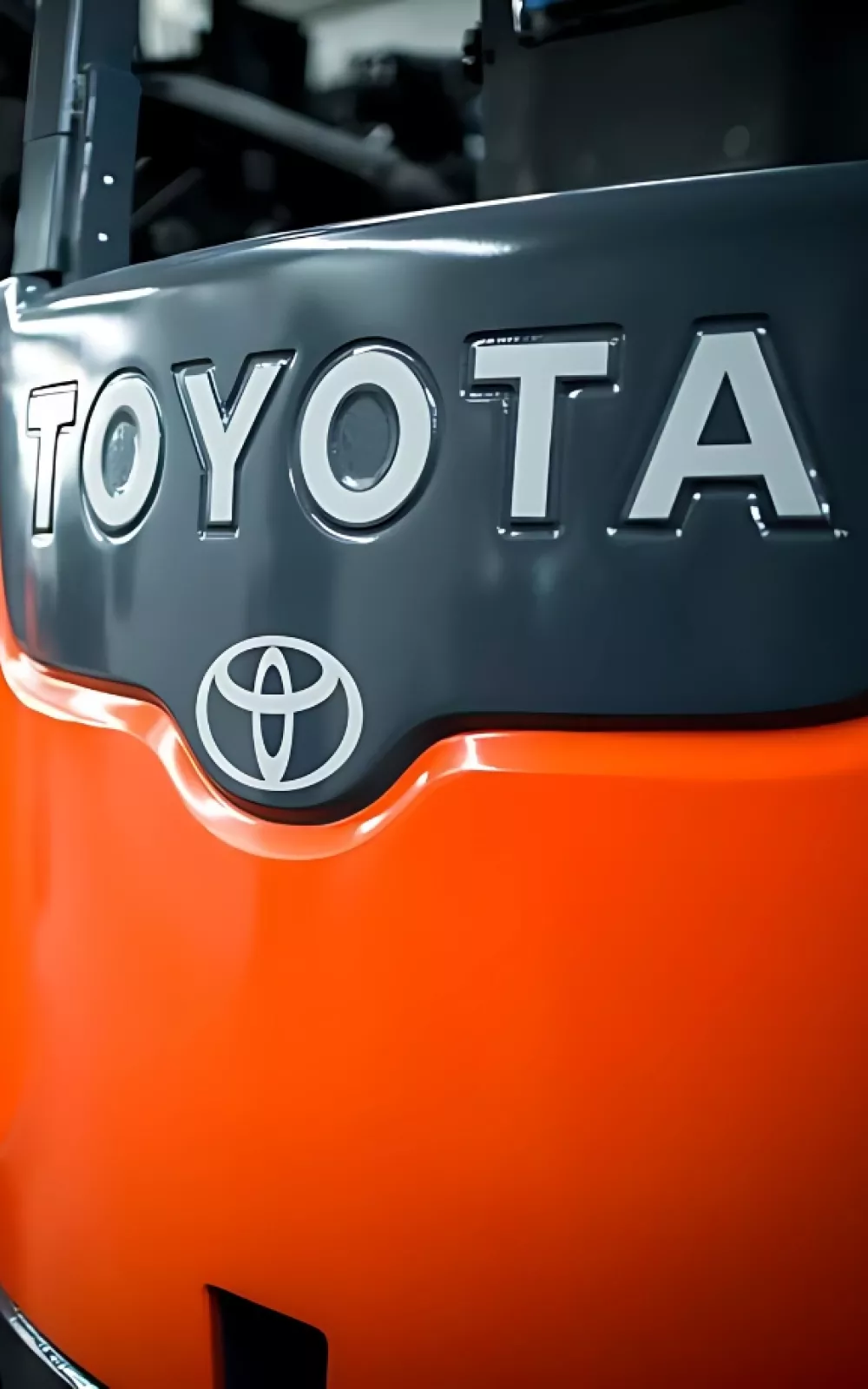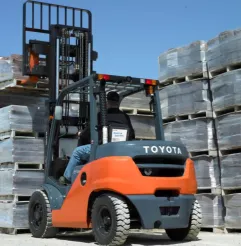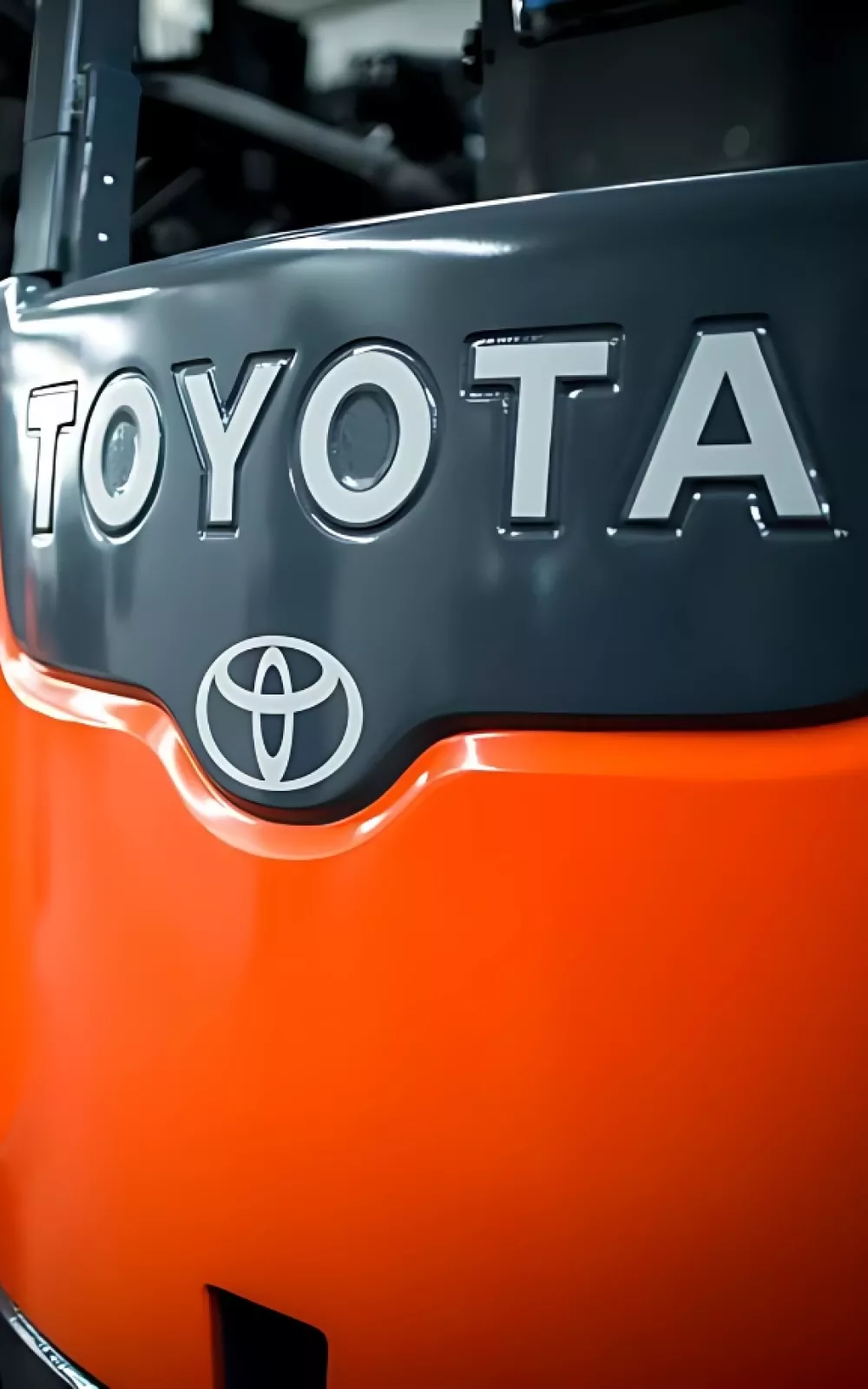Rent
ProLift offers daily, weekly, and monthly rentals. Find the right equipment for maximum productivity and safety.
Let us know how we can assist you! A ProLift specialist will connect with you to help with your material handling needs.

When deciding between electric and propane forklifts, it's essential to consider the strengths of each option. Understanding the advantages of each will help you select the right forklift for your specific needs and environment.

Over the past decade, electric forklifts have become increasingly prevalent throughout virtually every facet of the manufacturing industry. At the same time, however, propane-powered forklifts continue to make up a big part of the U.S. forklift market. Fortunately, since both electric and propane forklifts have their own unique advantages, this news simply means there are more options than ever for consumers.
ProLift explores the key benefits of both electric and propane forklifts. We'll help you gain a clearer understanding of each option, enabling you to make a more informed decision about which forklift is best suited to your needs.

The equipment you have may not align with what you need. Collaborate with ProLift sales consultants to review your short- and long-term production goals, budgets, and material handling trends. They’ll provide tailored equipment options and solutions to meet your specific needs.
As you can see, both electric and propane forklifts have their own unique advantages and disadvantages. Choosing between the two can seem like a challenge at first, but learning as much as you can about the nuances of each will help steer you toward the best decision for you and your operations.
Discover how switching between fuel types can impact your total cost of operation.
Electric Power Research Institute (ERPI)
We are your partner in planning the transition from propane to electric forklifts, focusing on both short- and long-term goals. Let ProLift assist you in creating a schedule to successfully implement this change at your company.
As a full-service material handling dealer, ProLift can help you with questions and solutions for your equipment, service, parts and more. Tell us how we can help.

ProLift is a full-service dealer specializing in forklifts and material handling solutions. Tell us how we can help you achieve results at your facility.
ProLift is a full-service dealer specializing in forklifts and material handling solutions. Let us know how we can assist you, and a specialist will be in touch to help.

Let us know how we can assist you! A ProLift specialist will connect with you to help with your material handling needs.
